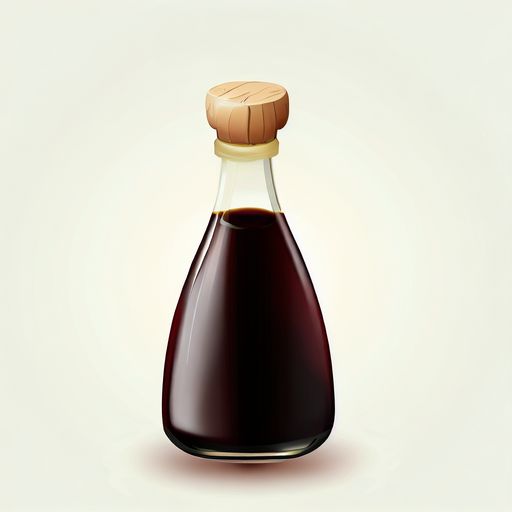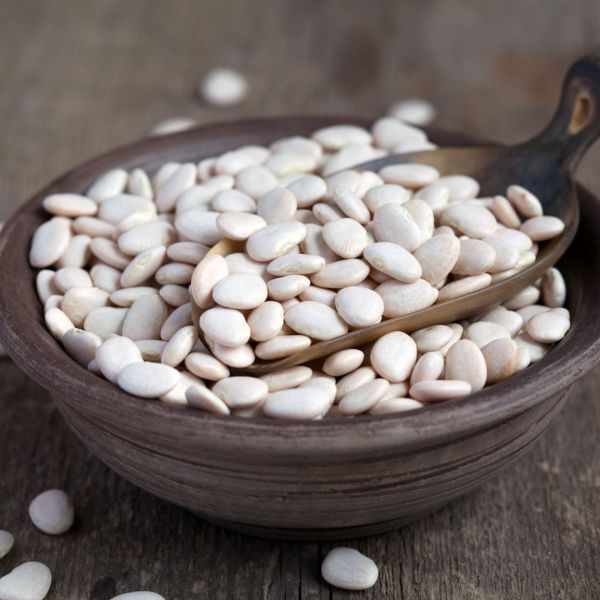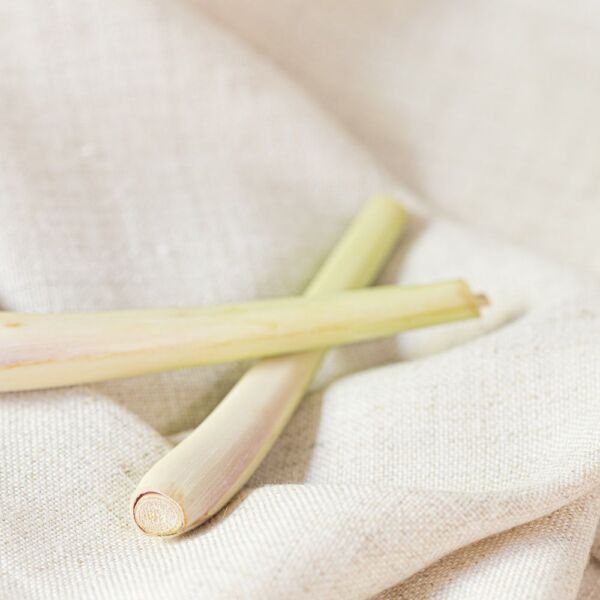What’s the Best Soy Sauce For Fried Rice?
Fried rice is a versatile, quick meal that is beloved around the world. It’s a great way to use up leftover rice and transform boring leftovers into something delicious. While the ingredients may vary across cultures and recipes, one essential seasoning for fried rice is soy sauce. But with the wide availability of soy sauce options today, how do you choose the right one to make your fried rice taste just right? Let’s explore the key factors for selecting the ideal soy sauce to mix into your fried rice.
Best Soy Sauce And Brands To Buy

Walk into any well-stocked Asian grocery store and you’ll find entire aisles devoted to soy sauce. There are many types and brands to choose from, but we’ll focus specifically on those used in Chinese cooking, since this cuisine is most closely associated with fried rice dishes.
When shopping for soy sauce for your fried rice, look for bottles labeled as “light soy sauce” or “dark soy sauce”. You may also come across more generic “all-purpose” soy sauces, which work well too. Stick to reputable brands made in China, Taiwan, Japan or Hong Kong for authentic flavors.
Light Vs Dark Soy Sauce
To understand which type of soy sauce works best for fried rice, it helps to first look at how they are produced.
Light soy sauce is brewed for a shorter time, resulting in a thinner, amber-colored sauce with a salty yet mellow flavor. It is the go-to condiment for seasoning stir-fries, dipping dumplings, or marinating meats.
Dark soy sauce is aged for much longer, up to 6-12 months. This lengthened brewing gives it a syrupy consistency, very intense color, and robust soy flavor. A small amount is often added to braised dishes, stews, and red-cooked meats.
So right off the bat, light soy sauce seems like the obvious choice for our fried rice as we want a clean salty flavor without overpowering the other ingredients. But dark soy sauce has an important role to play as well. Let’s look at some excellent brands for each type.
Light Soy Sauce Brands
Here are some of the top light soy sauces used in Chinese cooking that will serve you well in fried rice:
1. Lee Kum Kee Premium Soy Sauce
This ubiquitous brand from Hong Kong offers an affordable, high-quality light soy sauce. It strikes the perfect balance of salt, sweet, and umami flavors. Great for all-purpose seasoning.
2. Pearl River Bridge Superior Light Soy Sauce
A popular light soy sauce brand brewed in Guangzhou, China. It has a rounded flavor with mild sweetness. The light caramel color doesn’t overpower the fried rice.
3. Kimlan Soy Sauce
Kimlan produces many varieties of soy sauce in Taiwan. Their light soy sauce has a mellow yet complex flavor. It mixes beautifully into fried rice without leaving a harsh saltiness.
4. Wan Ja Shan Soy Sauce
This Taiwanese brand is valued for its delicate brewing process. The result is a beautifully balanced light soy sauce with subtle sweet tones.
The refined saltiness and lovely amber hues make these light Chinese soy sauces ideal for seasoning fried rice. They provide just the right pop of flavor in each tasty bite without overwhelming the other ingredients.
Dark Soy Sauce Brands

Now let’s look at some stellar options for dark soy sauce that can add color and richness to your fried rice:
1. Lee Kum Kee Premium Dark Soy Sauce
Like its light counterpart, Lee Kum Kee’s dark soy sauce is a pantry staple for many home cooks. It has a syrupy texture and intense molasses-like color. Just a splash will give our fried rice gorgeous dark caramel tones.
2. Pearl River Bridge Superior Dark Soy Sauce
This popular Chinese brand produces a dark soy sauce with a robust, slightly sweet taste. The thick consistency and ultra-dark color make it perfect for flavoring and coloring fried rice.
3. Kimlan Lou Chau Soy Sauce (Dark)
Kimlan’s dark soy sauce is aged in oak barrels, yielding complex woodsy notes. The ultra-concentrated flavor allows you to use less while still imparting rich color and taste.
As you can see, a small amount of these thick, aromatic dark soy sauces add wonderful complexity and appetizing color to fried rice. They work as excellent complementary seasonings with the light soy sauce.
All-Purpose Soy Sauces
Beyond the light and dark soy sauces used in Chinese cuisine, you can also use common all-purpose soy sauces found at regular supermarkets and restaurants. These are perfectly suitable for fried rice and other stir-fries.
Some beloved all-purpose brands include:
1. Kikkoman Naturally Brewed Soy Sauce
This Japanese soy sauce is fermented naturally for over 6 months. The result is a well-rounded, mellow flavor that works well in a variety of dishes.
2. Yamasa Shoyu Artisanal Soy Sauce
Yamasa is another popular Japanese brand admired for its smooth, balanced taste. Its versatility makes it a pantry staple soy sauce for many cooks.
The benefit of these all-purpose soy sauces is convenience – you can use one bottle for all your stir-frying needs without having to mix light and dark varieties. Their flavor is generally more subdued than Chinese-style light soy sauces though.
How Much Soy Sauce To Use For Fried Rice
So you’ve chosen your soy sauce – but how much should you use when making fried rice? Here are some general guidelines:
- Light soy sauce: around 1 tablespoon (15ml) per cup (250ml) of cooked rice is a good starting ratio. Adjust to taste.
- Dark soy sauce: only about 1 teaspoon (5ml) per cup of cooked rice is needed. A little goes a long way!
Keep in mind that you’ll need to tweak the proportions based on your personal taste. The saltiness of soy sauce brands varies, and some rice varieties like jasmine are naturally more fragrant. Start with less soy sauce than you think you need. You can always mix in a little more later. Too much from the start can make your fried rice taste overly salty or wet.
When To Add Soy Sauce To Fried Rice
Timing is everything when seasoning fried rice. There’s a method to get the perfect flavor distribution in each bite:
- First, stir fry your protein and other main ingredients like shrimp or meat. Set aside.
- Scramble some eggs in the hot pan, then transfer them out separately.
- Add in sliced aromatics like garlic, ginger and onion. Fry until just softened and fragrant.
- Next, add your vegetables, starting with harder ones like broccoli, peppers or snap peas. Stir fry for a minute or two.
- Add in the cooked rice. Let it heat through and start to get a bit crispy and browned in the oil, about 2-3 minutes.
- Return the cooked protein and scrambled eggs to the wok and mix well.
- Now add your soy sauce and a dash of sesame oil. Stir thoroughly so every grain is perfectly seasoned. Taste and adjust flavor as needed.
Following these steps will ensure your fried rice gets seasoned after the main ingredients have finished cooking. This helps prevent the soy sauce from making things mushy or soggy.
What Else Gives Fried Rice Its Flavor?
While soy sauce is the key seasoning, don’t underestimate the importance of other ingredients and techniques for making outstanding fried rice:
- Wok hei – This prized “breath of the wok” adds a lovely charred aroma, requiring an intensely hot wok and fast tossing skills.
- Jasmine or long grain rice – The fluffy yet separate grains are ideal for getting those coveted crispy bits in the wok.
- Eggs – Scrambling eggs before adding rice gives great texture and richness.
- Sesame oil – A touch of this aromatic, nutty oil finishes fried rice beautifully.
- Fresh, colorful vegetables – Onions, peas, carrots, bell peppers and greens all taste amazing in fried rice.
- Regional variations – Think Thai fried rice with chili paste orIndonesian nasi goreng with sweet soy sauce.
So while soy sauce forms the flavor base, don’t be afraid to experiment with other seasonings, textures, and cultural twists to make your ultimate fried rice creation!
Conclusion
To recap, when selecting the ideal soy sauce for fried rice, choose a good quality light Chinese soy sauce or all-purpose Japanese/Korean brand. Add just a splash of dark soy sauce for extra richness and color. Mix the soy sauce in after stir-frying the main ingredients for full, even flavor. And customize your recipe with aromatic rice, crisp vegetables, sesame oil and other additions. With the right soy sauce as your seasoning foundation, you’ll be guaranteed delicious fried rice anytime.
What’s your go-to soy sauce for making fried rice? Let me know your brand recommendations and recipe tips in the comments! I’d love to hear your secrets for flavorful homemade fried rice.






